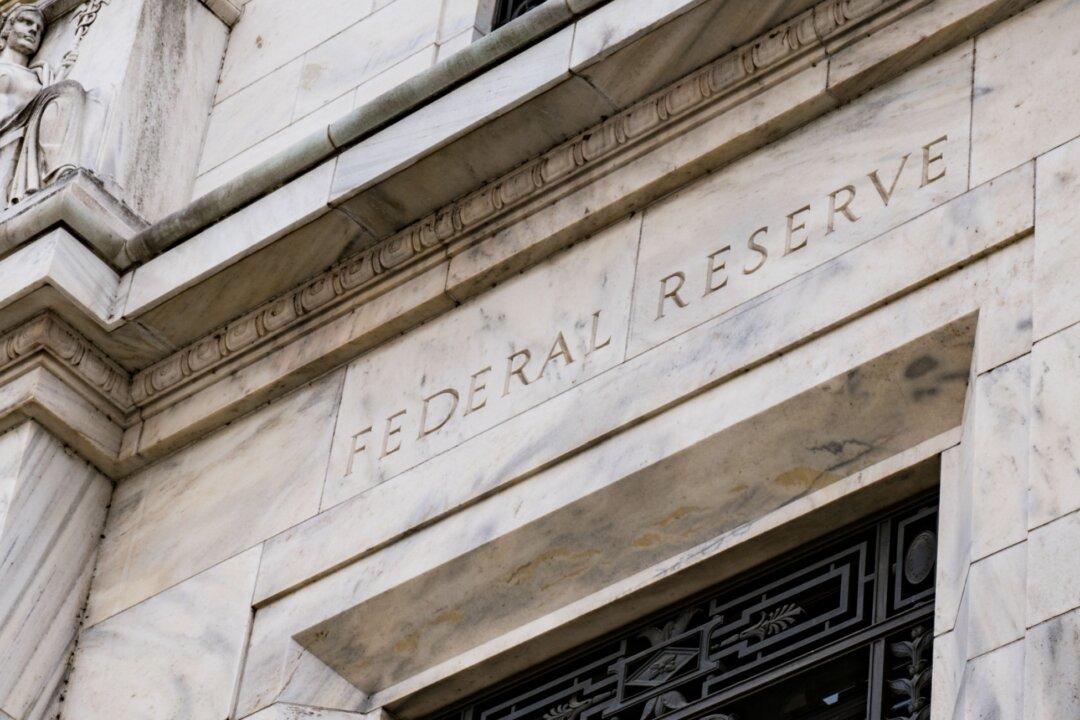As Americans anticipate the arrival of the holidays, it appears that many households may struggle to fill their family’s Christmas stockings this year.
A new poll released on Thursday reveals that 82 percent of American respondents of likely voters have been negatively affected by inflation and higher costs. More than half that number describe themselves as “struggling to keep up and afford basic necessities.” Indeed, the most important issues to Americans are inflation and the cost of living, and the economy, as more than 60 percent of respondents believe that the United States in already in recession and that the economy is becoming worse. Nearly two-thirds believe that the direction of the country is on the wrong track, and the majority disapprove of the job the Biden administration is doing to turn things around.





